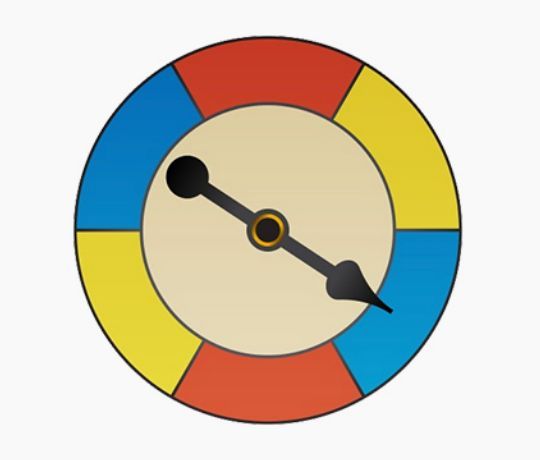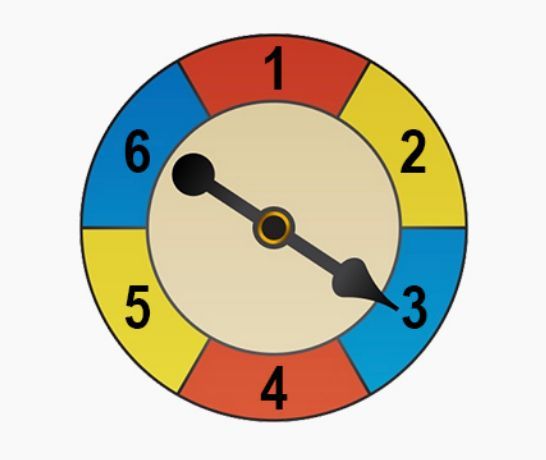Understanding the concept of probability is essential in statistics, particularly when dealing with independent events. When calculating the probability of two events occurring together, such as flipping a coin twice and getting heads both times, we refer to this as "and probability." This type of probability is calculated when the outcome of one event does not influence the outcome of the other, which is the hallmark of independent events.
Two events are considered independent if the occurrence of one does not affect the occurrence of the other. For example, flipping a coin twice results in independent events because the outcome of the first flip (heads or tails) does not change the probabilities for the second flip. Conversely, if you draw a marble from a bag and keep it, the probability of drawing a second marble is affected by the first draw, making these events dependent.
To calculate the "and probability" of two independent events, you simply multiply their individual probabilities. This can be expressed mathematically as:
\[P(A \text{ and } B) = P(A) \times P(B)\]
For instance, when flipping a coin, the probability of getting heads on the first flip is \( \frac{1}{2} \). The same applies to the second flip. Therefore, the probability of getting heads on both flips is:
\[P(\text{Heads on 1st flip and Heads on 2nd flip}) = \frac{1}{2} \times \frac{1}{2} = \frac{1}{4}\]
This result can also be verified by considering all possible outcomes of two flips: HH, HT, TH, TT. Only one of these outcomes results in heads on both flips, confirming that the probability is indeed \( \frac{1}{4} \) or 0.25.
Another example involves rolling a die. If you want to find the probability of rolling an even number first and then rolling a 3, you would calculate it as follows. The probability of rolling an even number (2, 4, or 6) is \( \frac{3}{6} \) or \( \frac{1}{2} \), and the probability of rolling a 3 is \( \frac{1}{6} \). Thus, the combined probability is:
\[P(\text{Even number and 3}) = \frac{1}{2} \times \frac{1}{6} = \frac{3}{36} = \frac{1}{12}\]
In summary, when dealing with multiple independent events, the process remains the same: multiply the probabilities of each event to find the overall probability of all events occurring together. This foundational understanding of independent events and their probabilities is crucial for further studies in statistics and probability theory.





